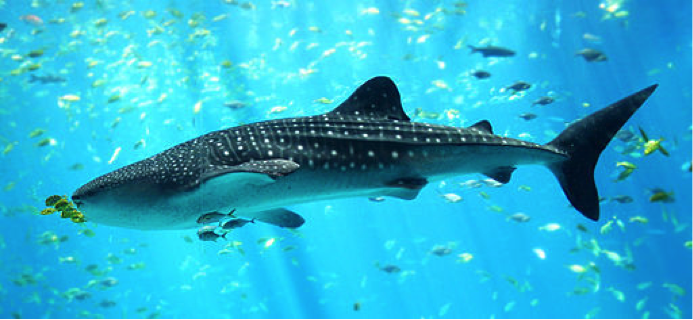How can you find and identify fish without catching them? That’s a question Mark Stoeckle aims to answer with a bucket of water and DNA.
Dr. Stoeckle, from the Program for the Human Environment at Rockefeller University, visited Ocean Genome Legacy (OGL) and the Marine Science Center earlier this month to speak about his exciting work finding and identifying fish based on environmental DNA (eDNA). This is DNA shed into water in the form of tiny particles of skin, scales, mucus, and excrement. To identify fish that have recently been swimming in an area, Dr. Stoeckle matches short bits of DNA, called DNA-barcodes, found in the water to a library of sequences from known species. This process allows him to monitor the occurrence of fish and other animals without bothering or hurting them.

As you can imagine, eDNA promises to become a powerful tool for ecological monitoring that can help protect life in the sea. Scientists have recently used eDNA to study populations of whale sharks—the world’s largest fish—and to identify elusive and unusual species living in the deep sea. But the success of using eDNA to identify ocean species depends on the scope of existing well-identified DNA sequences.
That is where OGL comes in.
The OGL biorepository preserves complete genomes (total DNA) of marine animals and plants. Scientists use these DNA samples to develop new techniques for identifying species, including DNA barcodes, which can be used to monitor the health of our oceans and to enforce the laws that protect them.
If you would like to help OGL, please consider making a gift today.
`
